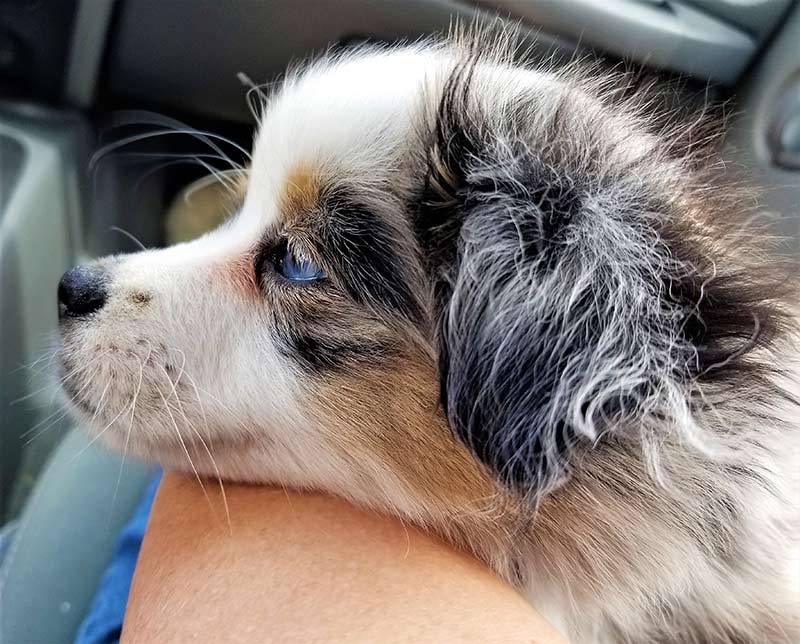How Long Should You Expect Your Dog to Limp After ACL, TPLO, Or TPA surgery?

It is both expected and completely normal for your dog to limp for a period of time after extensive knee surgery. The length of time and the severity of the limping will depend on a few factors, such as the size of your dog, the type of surgery they experience, and most importantly the quality of their post-operative care.
You, the owner, will play a key role in your dog’s post-surgery recovery, and therefore have significant power to help move your pet back into optimal mobility free of limping. Once you and your veterinarian have decided on the ideal surgery for your furry friend’s needs, you will want to set your home and schedule up for ideal post-operative care to ensure your dog is back up running in a safe and timely manner.
So, how long should you reasonably expect your dog to limp after surgery? This article will review the three primary factors that will influence how long after surgery your dog will limp:
- The size and weight of the dog
- The type of surgery your dog has
- Post operative care: Physical therapy, rest, and a slow steady reintegration into longer more robusts walks and playtime.
Size Of Dog And Post Operative Limping
While it is true that all dogs will experience limping post knee surgery, the size and weight of the dog will be a contributing factor. In general, but not always, larger dogs will have a longer limping period. This makes sense since they are bearing a higher weight load on their freshly operated knee compared to their smaller counterparts.
All dogs should spend the first seven days, at least, in a confined space where they will not be jumping on and off of furniture or sliding across the floor. Regardless of the weight of the dog, all dogs need rest after surgery. You, the owner, will be able to begin gentle mobility exercises for your dog that are not weight bearing within a few weeks after surgery. Slowly, walks can be reintegrated with incremental increases in length.
If your dog is limping after knee surgery, please know that this is totally normal and to be expected. Larger dogs will demonstrate a more robust limp post operation than smaller dogs.
At any point during a dog’s life span it is important to keep their weight within a healthy range, this becomes particularly poignant if their knee has been operated on. Be sure that the knee does not get reinjured in the postoperative time by ensuring that the floor in the confined space is not slippery. Also make sure there is no furniture around that will tempt them to jump on to it.
Type Of Knee Surgery And Post Operative Limping: Lateral Suture Versus TPLO, Tight Rope, and TPA
While all three primary dog knee surgeries are fundamentally different in how the technical procedures are done, all will leave your dog limping for a period of time postoperative procedure.
According to a board certified veterinarian with the Metropolitan Veterinary Associates, TPLO surgery will allow for more weight bearing sooner after surgery than Lateral Suture surgery does:
“In our experience, dogs tend to bear weight on their operated leg a little quicker after the TPLO surgery than they do with the lateral suture technique. This is of benefit when they have cruciate ligament injury in their other knee.” (2)
The reality is that the success of your dog’s recovery after surgery will depend more on post operative care at home than the type of knee surgery they have, this means that you the owner can play a large role in determining how long your dog will limp after surgery.
Post Operative Care Tips To Reduce Limping: Rest, Progressive Integration Of Movement and Physical Therapy

The first few days post surgery will be the most significant factor in determining how long your dog will limp after their operation. It is critical that for the first seven days at home your dog is closely monitored and confined so that they are not jumping or bearing weight on the operated knee.
Slowly, you will be able to reintegrate movement, walks, and eventually fun play at dog parks, but all of this needs to occur progressively. Too much weight bearing too soon will worsen your dog’s limp and overall recovery.
Please closely follow post operative protocol in your home and in doing so you can reduce how long your dog limps for after surgery.
The tenderness of the dog’s knee post operation, regardless of the type you choose, cannot be underestimated, therefore be sure to incorporate these tips at home:
- Create a recovery room that confines your dog
- Limit sudden movements, jumping, or sliding
- Follow the appropriate protocol in treating the point of incision
- Begin mobility exercises as recommended by a professional
- Progressively increase the length of walks
- Provide emotional support for your dog.
Here’s a more detailed account on how to prepare your home post knee surgery for your dog.
Remember that limping post knee surgery is to be expected; however, there are lots of things you can do to help speed the healing process up for your dog.